(759 products available)






















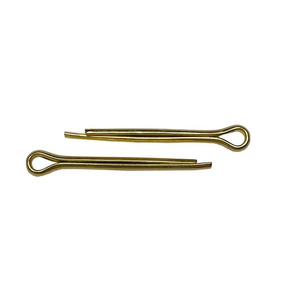

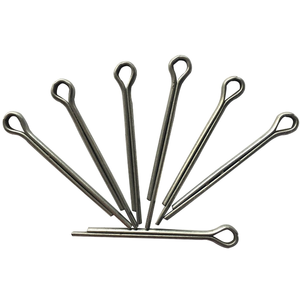







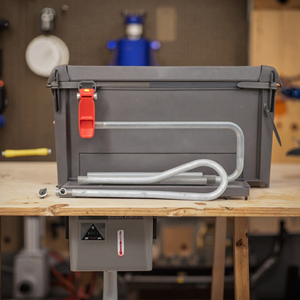








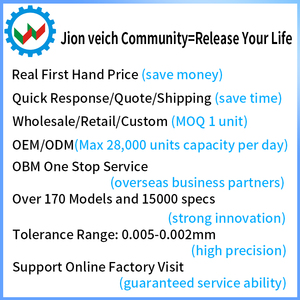


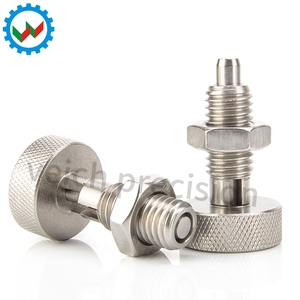








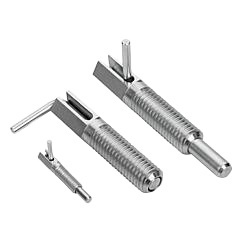



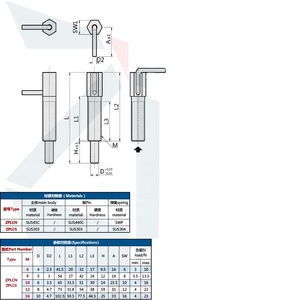

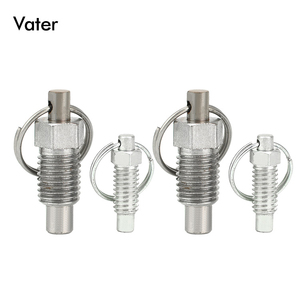
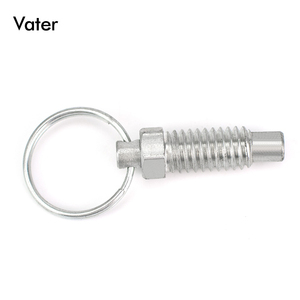
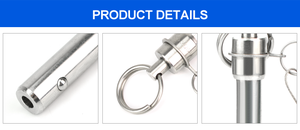





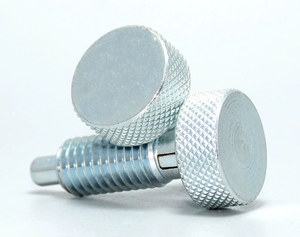

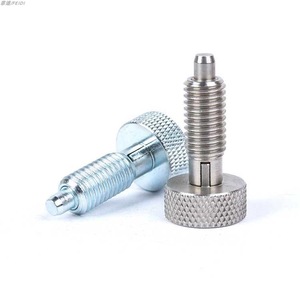





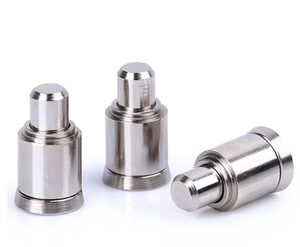











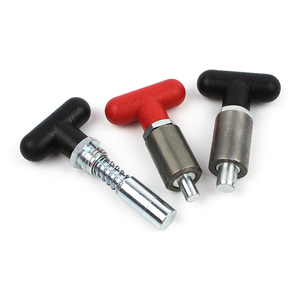






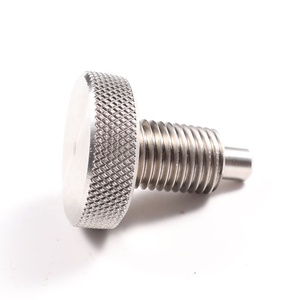


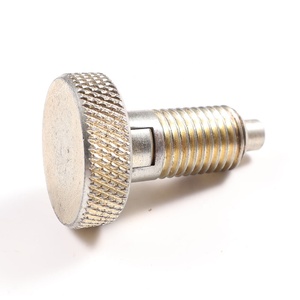
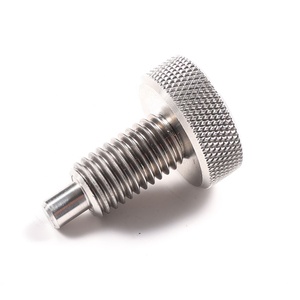

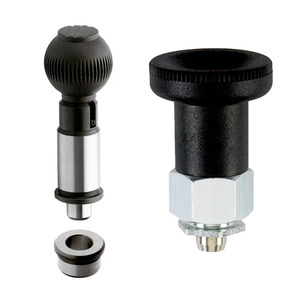
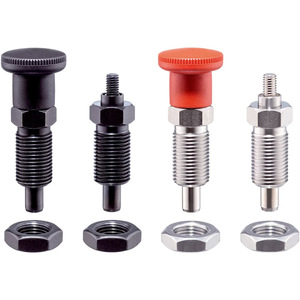

















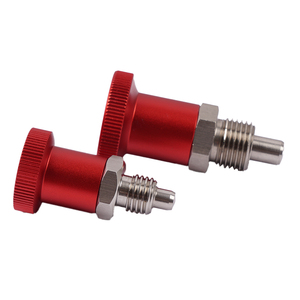
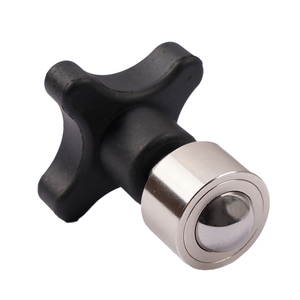
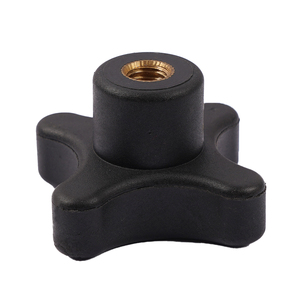
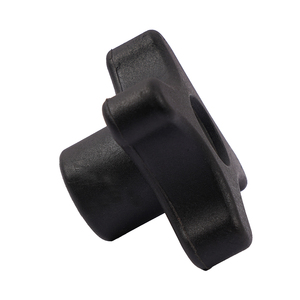






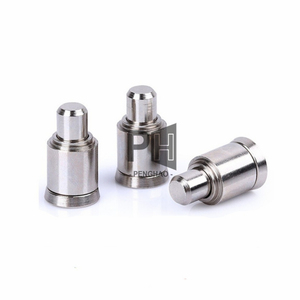


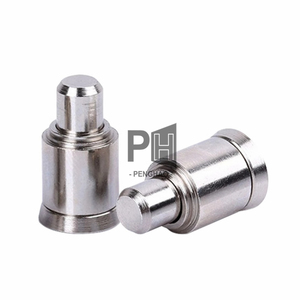






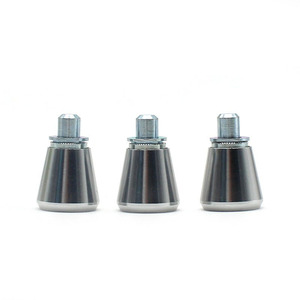
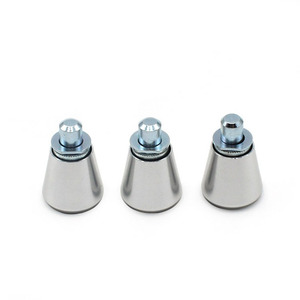

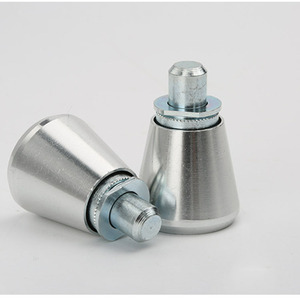








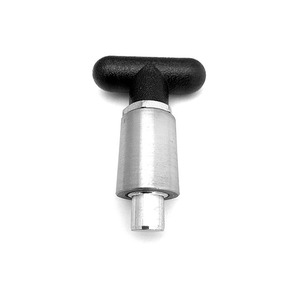





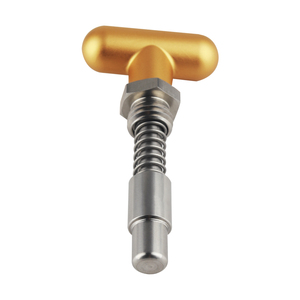




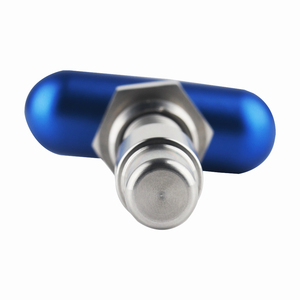





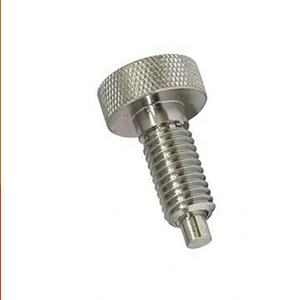
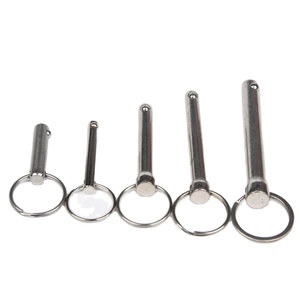


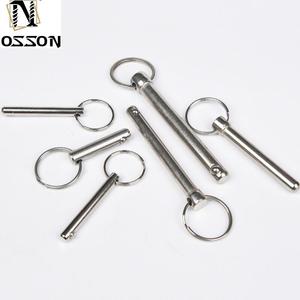


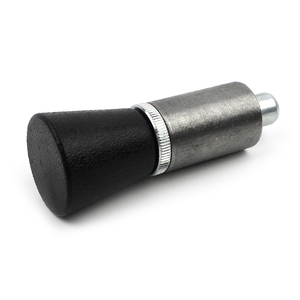
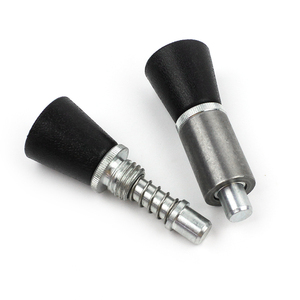





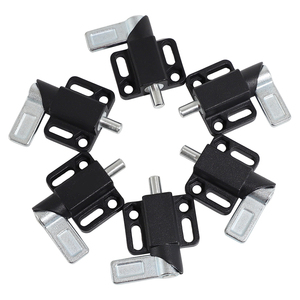


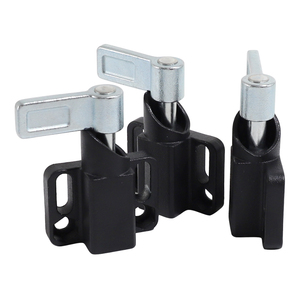
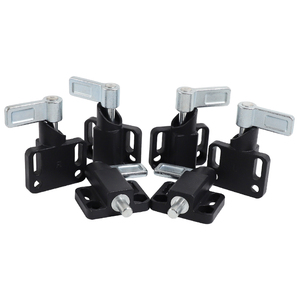























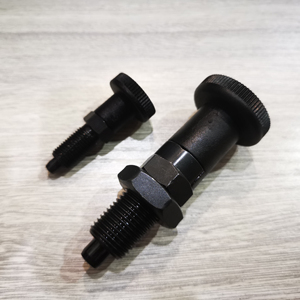



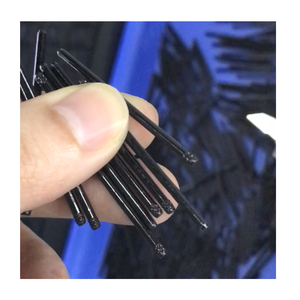

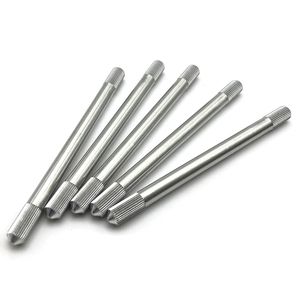



Spring-loaded retractable pin manufacturers make these pins in several types. Therefore, knowing each type allows for easy selection of good pins based on the specific functions they serve. Here are the main types of spring-loaded retractable pins.
Tapered tip pins use a conical-ended tip for precise alignment. The taper provides a small, focused contact point that penetrates easily into aligned holes to secure two components together.
This pin features a rounded tip that creates a strong, stable connection. The spherical shape distributes load evenly, making it ideal for high-stress applications.
The flat tip pin provides a broad contact surface, good for applications requiring solid, rigid connections. The flat end distributes forces over a wider area, reducing wear.
Manufacturers design these pins to have a cone-shaped tip that allows easy insertion into holes. The conical tip also helps with alignment in assembly tasks.
This pin has a horseshoe-shaped tip that grips securely in place. The unique shape prevents the pin from being easily dislodged while allowing quick release when needed.
Different materials make spring-loaded retractable pins, each with advantages. Here are the materials for making these pins.
Manufacturers make stainless steel spring-loaded retractable pins from corrosion-resistant metal. Therefore, users prefer them in marine, chemical processing, and outdoor applications.
This steel comes with high strength and durability, making it ideal for heavy-duty use. It also withstands wear and deformation under extreme loads.
Chrome plating enhances the corrosion resistance of steel pins. Apart from this, the chrome surface improves hardness and reduces friction during operation.
Aluminum alloy pins are lightweight yet strong. This combination makes them ideal for aerospace and automotive applications where weight savings are critical.
Brass pins provide good corrosion resistance and electrical conductivity. Usually, manufacturers use them in electronic devices and marine equipment.
Carbon steel pins offer good strength and are often zinc-plated to provide basic corrosion resistance. They are ideal for cost-effective, general-purpose use in various applications.
There are many global standards for spring-loaded pins. These guidelines ensure the pins meet safety and performance requirements and undergo consistent testing. Below are the international standards for these pins.
This standard specifies the requirements for performance and material of spring-loaded retractable pins for industrial applications. It covers several uses of various metals and how tests should determine their strength.
ISO 8828 applies to the design, testing, and quality control of retractable pins. This standard promotes international uniformity and compatibility among different manufacturers.
The society of automotive engineers has set this standard for military use. Its guidelines help pin manufacturers meet defence industry requirements. Like most standards, it deals with the mechanical properties of the pins.
EN 10088 ensures the pins maintain stability and reliability under extreme conditions. This pin is important for high-pressure industries. This standard also goes over several stainless steel grades suitable for making the pins.
ISO 4759-1 defines tolerances for the holes and parts accommodating the pins. It pinpoints how various pin sizes mesh with their respective holes. The aim of this standard is to enhance operational efficiency. It does this by promoting proper sealing between pins and their hosts.
The versatility of spring-loaded pins makes them helpful for many uses. People appreciate these pins for their quick-release and locking features. Here are the popular use cases for these pins.
The automotive industry uses these pins for quick access and component alignment. Automakers use them on vehicle assembly lines. Also, pin operators allow the fast attachment and detachment of parts like doors, hoods, and seats.
Aerospace engineers use the pins to secure moving parts. They like how light the pins are without compromising on strength. The aerospace engineers use these pins on aircraft and satellites. They enable fast, tool-free repairs and component replacements.
Construction equipment has many applications for the pins. Many people use the pins to secure attachments like buckets and blades on heavy machinery. Normally, using the pins allows operators to quickly change attachments.
Robotics engineers prefer the pins for assembling and disassembling components. They help with straightforward and reliable connections within robotic systems. This functionality is crucial for maintenance and component swapping.
Manufacturers use pins in jigs, fixtures, and tooling. They provide quick part alignment and ensure production consistency. Therefore, using them leads to improved efficiency and decreased downtime.
The military uses these pins in many applications, from vehicles and weapons to field equipment. They act as essential components for securely fastening items while allowing rapid release under critical circumstances.
Choosing the right retractable pin requires buyers to consider various factors. Luckily, there are key factors that affect the performance and longevity of the pins in certain applications. Here are these factors.
Pick pins with appropriate material for the project. For example, rusty and corrosive environments call for stainless steel pins. On the other hand, high-thermal conduction applications prefer brass pins.
The pin's diameter and length should be compatible with customers' equipment. Moreover, the size should have the ideal load capacity. A longer pin provides larger reach, but a shorter pin offers a more compact profile.
This factor impacts the pin's retraction speed and load capacity. Generally, stronger springs provide tighter holds. However, they may also increase wear on moving parts.
Make sure to select pins that satisfy the application's tolerance level requisites. Proper tolerance prevents pin deformation in harsh or high-stress situations. It also ensures smooth retraction and extension.
Coatings like chrome or nickel can enhance corrosion resistance and smooth operation. These coatings also improve aesthetics, making the pins suitable for various environments.
Q1. Regular cleaning eliminates debris and lubricants that cause pin binding. Further, periodic lubrication using suitable lubricants reduces friction. It also prevents rust formation around the pin's spring mechanism.
A2. The pins' material, load it endures, and the frequency of use determine the pins' lifespan. In addition, corrosive environments degrade the pin faster than normal pin wear. Continuous exposure to high-pressure conditions also degrades the pin faster.
A3. Pins with springs have the latter as a removable component. In such pins, users can replace the spring once it has worn out.Also, replacement of the spring improves the pins' functionality and prolongs its life.
A4. Bent, deformed, or worn-out tips are signs that the pin is worn out. Also, difficulty in retraction/extension is another clear indication of pin wear. Moreover, visible rust or corrosion degrades the pin's integrity.
A5. In many cases, manufacturers make the pins with stainless steel, brass, or chrome-plated steel. These materials have high corrosion resistance.